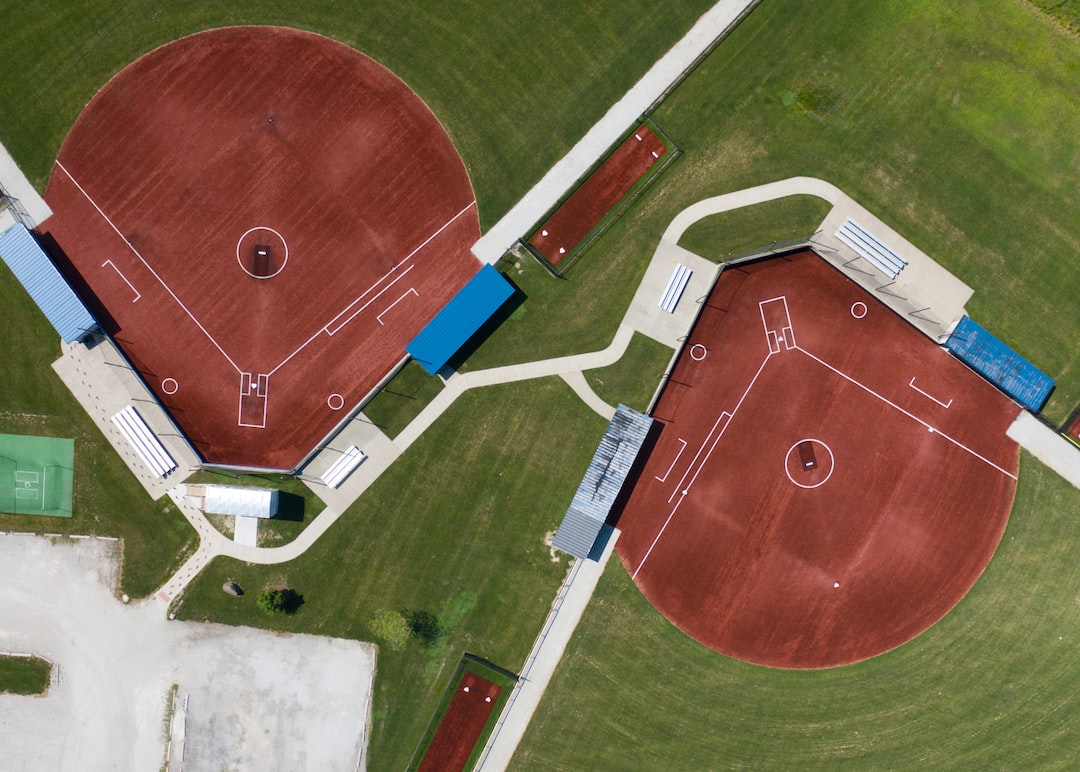Track and field events have captivated audiences for centuries. From ancient Greece to modern Olympic Games, these sporting events have evolved significantly over the years. Today, athletes from all over the world compete in a variety of disciplines, showcasing their skills, strength, and speed. Let’s take a journey through time and explore the fascinating evolution of track and field events.
The origins of track and field events can be traced back to the ancient Olympic Games held in Olympia, Greece, over 2,700 years ago. These games, dedicated to the Greek god Zeus, included running, jumping, and throwing competitions. The most prestigious event was the stadion, a foot race in which athletes sprinted on an approximately 200-meter track. This race became the precursor to the modern-day 100-meter event.
As time went on, track and field events spread beyond Greece and found their way into various civilizations. In ancient Rome, athletes competed in various foot races, including the famous chariot races. However, it was during the Middle Ages that track and field events began to decline as Europe shifted its focus away from athletic pursuits.
The revival of track and field events occurred in the 19th century when organized sports became popular once again. The first modern Olympic Games, held in Athens in 1896, marked a turning point for track and field. The program included several events that would later become Olympic staples, such as the 100-meter, 400-meter, and marathon races.
Throughout the 20th century, track and field events witnessed numerous innovations and changes. One of the most significant developments was the introduction of electronic timing systems, replacing the hand-held stopwatches previously used. This innovation allowed for greater accuracy and standardization across competitions.
The 1920s saw the inclusion of women’s track and field events in major competitions, such as the Olympic Games. Prior to this, women’s participation in sports was limited. The inclusion of female athletes opened new opportunities for women worldwide, challenging gender stereotypes and inspiring future generations.
The 1960s and 1970s witnessed the rise of notable track and field athletes who broke records and pushed the limits of human performance. Athletes like Jesse Owens, who won four gold medals in the 1936 Olympics, and Usain Bolt, who set world records in the 100-meter and 200-meter races, became icons of the sport. Their achievements not only fueled the popularity of track and field but also generated a sense of awe and admiration among spectators.
In recent years, the sport has faced challenges and controversies surrounding performance-enhancing drugs and unfair competition. However, governing bodies and anti-doping agencies have implemented stricter measures to ensure fair play and maintain the integrity of track and field events.
Today, track and field events encompass a wide range of disciplines, each requiring specific skills and techniques. From the sprints and hurdles to the long jump, high jump, and pole vault, athletes strive to achieve optimal results in each event. The multi-event formats, such as the decathlon and heptathlon, test the overall athletic ability and versatility of participants.
The evolution of track and field events has not only influenced the sport itself but also impacted broader society. The achievements and stories of track and field athletes have inspired countless individuals to pursue their dreams, overcome obstacles, and strive for excellence. Furthermore, the inclusivity of the sport has promoted diversity and provided an avenue for athletes from various backgrounds to showcase their talents.
As we look to the future, track and field events will continue to evolve, reflecting the advancements in technology, training methods, and our understanding of human performance. Regardless of the changes that lie ahead, the essence of these events – the pursuit of excellence, the thrill of competition, and the celebration of human achievement – will endure, ensuring that track and field remains a beloved sporting tradition for generations to come.
